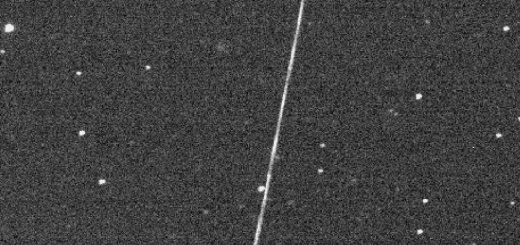Ancient Denisovans hunted snow leopards on the Tibetan plateau
Thousands of bones found in a Tibetan cave have been analysed to learn how mysterious ancient humans known as Denisovans lived
By Michael Marshall
3 July 2024
Snow leopards were among the animals hunted by Denisovans
Klaus Honal / Alamy
Ancient humans known as Denisovans hunted a wide range of animals on the Tibetan plateau, including blue sheep, yaks and snow leopards. This varied diet enabled them to thrive in the high-altitude region for tens of thousands of years before the arrival of modern humans.
“Denisovans were behaviourally quite flexible,” says Frido Welker at the University of Copenhagen in Denmark. “They’re able to really adapt to the local environment and the species that are present there.”
Read more
Untangling the enigmatic origins of the human family’s newest species
Advertisement
The Denisovans are one of the most mysterious groups of hominins with which we once shared the planet. They were first described in 2010, based on DNA extracted from a fragment of finger bone found in Denisova cave in the Altai mountains, Russia. It was the first time a hominin group had been identified solely based on DNA.
It is likely that Denisovans were once widespread in southern Asia because today many people in southern Asia and South-East Asia carry Denisovan DNA, indicating that Denisovans interbred with Homo sapiens tens of thousands of years ago. However, Denisova cave has only yielded teeth and other fragments. As a result, we don’t know much about what Denisovans looked like.
In 2019, researchers including Welker described a jawbone from Baishiya Karst cave in Xiahe in the north-east Tibetan plateau dated to 160,000 years ago. Protein from one of the teeth was identified as Denisovan.


